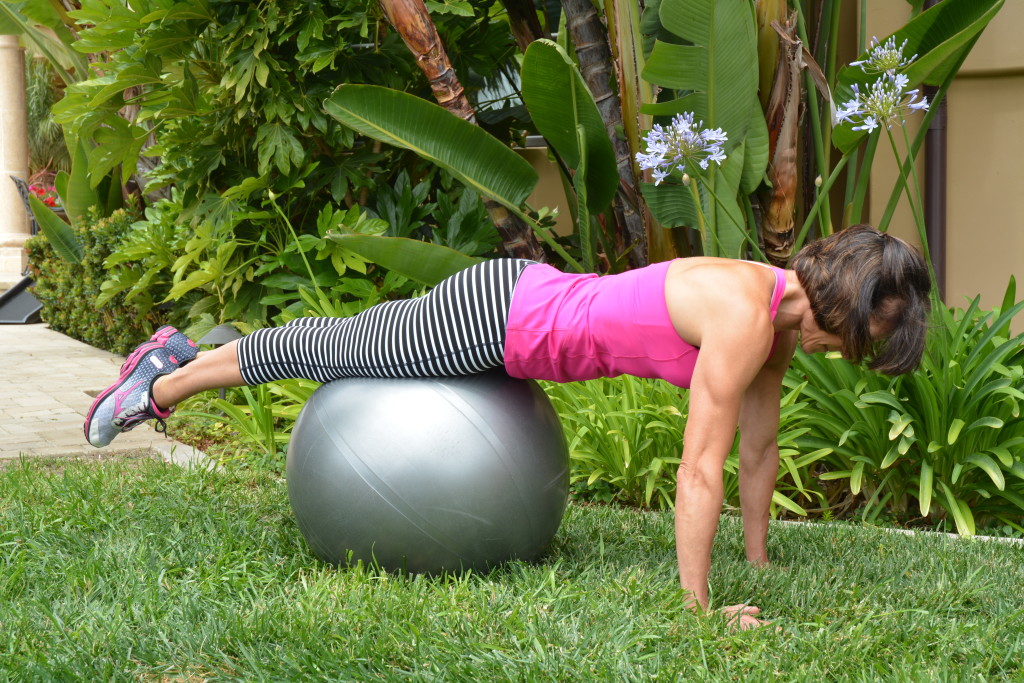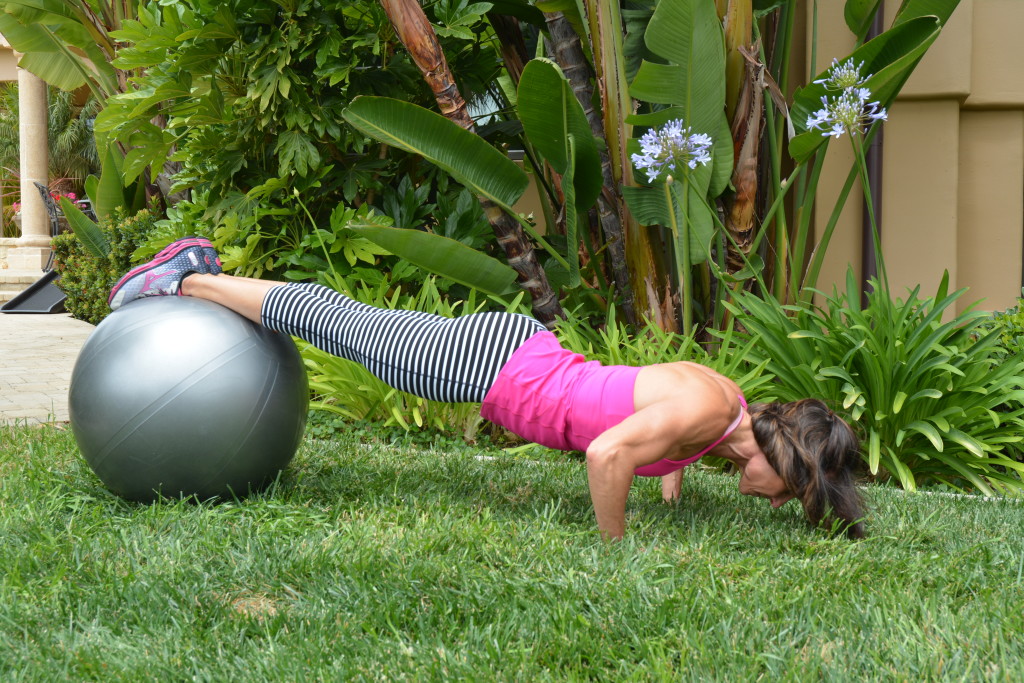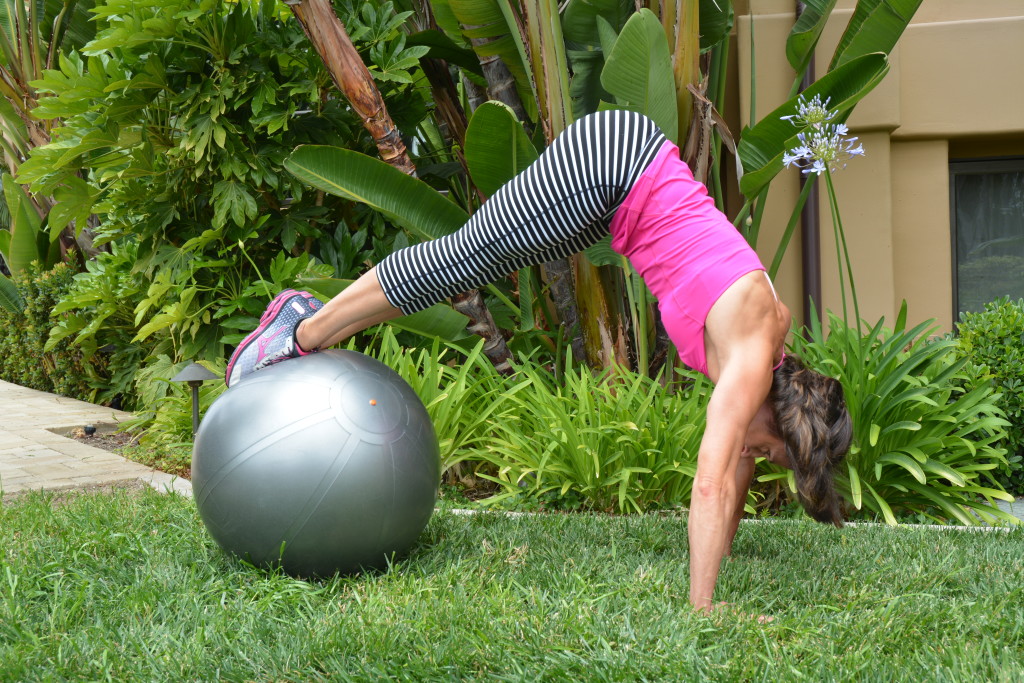To improve your strength and breathing for diving, it’s best to target a group of muscles. The pike abdominal and push up is a complex exercise set that targets the chest and abdominals, but has many additional benefits for both the assisting muscles, such as the shoulders, and antagonist muscles such as the triceps, involved in the movements. Performed on an exercise ball, the sequence is broken down into several separate moves to allow easy transitions in strength and confidence.
Some positions help strengthen the shoulders and back while also acting as safe alternatives for divers with shoulder or back injuries, so find the combination that works best for you. One of the biggest advantages of this exercise, when it comes to diving, is that while you’re strengthening your upper body and torso, you’re simultaneously training your body to support deep, relaxed, and controlled breathing for diving. Believe it or not, better breathing when it comes to diving is attainable by strengthening the muscles of the chest and torso.
Better Breathing, Better Diving
It’s important to integrate deep breathing into all exercise programs. Especially for divers, practicing deep breathing during abdominal exercises is an excellent opportunity to focus on recruiting the diaphragm muscle, which is responsible for 75 percent of respiratory air flow, and the intercostal muscles, which move the ribs, resulting in 25 percent of respiratory effort. The most recognized chest muscles, pectoralis major and pectoralis minor, often called simply the “pecs” are located in front of the ribcage. They add another layer of protection to the chest when it comes to diving. Studies indicate that the pectoralis major is active during both inhalation and exhalation. The more stable the chest, acting along with the diaphragm, the greater potential for increased lung capacity and oxygenation of the tissue, making the difference between fatigue and endurance. Conversely, tight chest muscles may inhibit breathing capacity and can limit range of motion in the shoulders. When performed properly, strength exercises actually help to actively stretch and expand the chest.

Ball Walk Outs: A great way to develop upper body and torso (abs and low back) strength is to support the body on an exercise ball while walking out with the hands. Set up as shown above with the ball under the hips or thighs. With arms extended under the shoulders, walk forward with the hands, rolling the ball along the body until it reaches your shins. Reverse direction and repeat while maintaining balance and keeping the ball moving along the center line of the body. Focus on balance and breathe rhythmically throughout the exercise. This exercise is an excellent alternative to push-ups for divers with shoulder injuries.
Remember to warm up with 10 minutes of aerobic exercise. Begin with an abdominal contraction when walking out on the ball, and let strength and proper form dictate range of motion.

Push-ups on the exercise ball: Push-ups are one of many ways to develop upper-body strength for scuba diving. Divers working to master push-ups may find the exercise ball makes the movement easier. Ideal range of motion at the bottom is when the elbows are at just less than a right angle. Remember to fully extend the arms at the top, but do not lock out the elbows. A good beginning goal is to complete five to 15 push-ups. With practice, sets of 25 to 100 are possible. If divers feel pain or strain in the shoulders they should stop until shoulders are confirmed as healthy enough to perform push-ups.

Pike crunch on ball: Divers may take the exercise up a notch by flexing the hips while rolling the ball toward the chest with the feet. This pike position requires a good foundation of overall body strength to perform. It’s a great way to increase strength in the upper body, abdominals and low back, and improves balance and coordination. Repeat the pike about 10 times or alternate with a push-up. When combining the pike with the push-up, make sure to return to a straight body position before performing the push-up.

